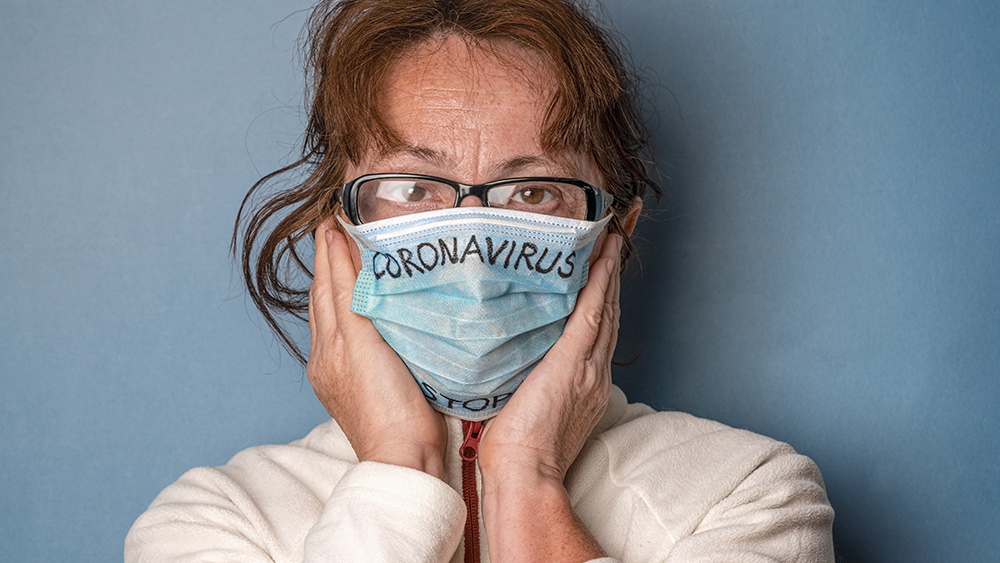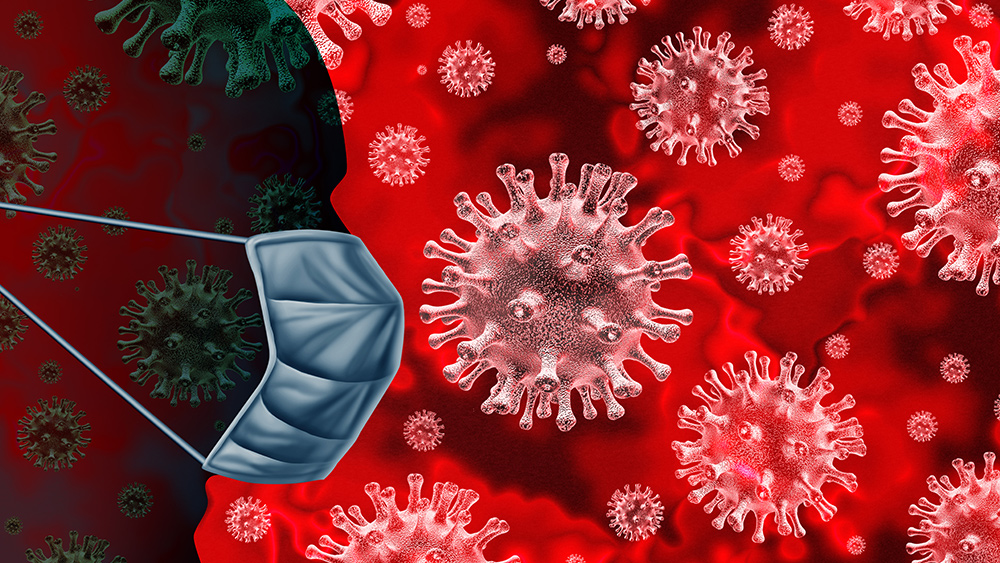Understanding pulmonary tuberculosis (TB): TB symptoms, prevention, and the difference between latent and active TB
02/10/2020 / By Darnel Fernandez

Pulmonary tuberculosis (TB) is a contagious, airborne infection that primarily targets the lungs, but can spread to other organs if left unchecked. According to the World Health Organization, TB is still one of the leading causes of death from infectious diseases worldwide, killing 1.5 million out of the 10 million people diagnosed with the disease within the past year. Because of this, it is important to identify and understand the signs and symptoms of pulmonary TB in order to immediately provide proper treatment. This article will discuss everything you need to know about pulmonary tuberculosis.
Important things to note about pulmonary tuberculosis
Pulmonary TB is caused by exposure to the bacteria Mycobacterium tuberculosis (M. tuberculosis). This bacteria is spread through the air — typically when an infected person coughs, laughs or sneezes. The bacteria can stay present in the air for several hours, making it possible for someone to get infected even if the bacteria’s source isn’t in the room. However, while being in enclosed spaces over long periods with infected individuals can speed up the spread of infection significantly, exposure alone does not automatically make you sick. According to the American Lung Association, about a quarter of the world’s population is infected with the tuberculosis bacteria. But, many of them have latent tuberculosis, meaning that, despite being carriers of M. tuberculosis, they exhibit no symptoms and aren’t contagious at all because their immune system prevents them from becoming sick.
On the other hand, active tuberculosis refers to individuals who have manifested symptoms and become contagious. Latent TB can even develop into active TB in some rare cases, especially in those with impaired immune systems.
Symptoms of TB develop quite slowly and can vary from person to person. Common symptoms of this disease include the following:
- A persistent cough that lasts about three weeks
- Chest pains
- Coughing up phlegm or blood from the lungs
- A feeling of breathlessness
- Unexplained weight loss and loss of appetite
- Nausea and vomiting
If you or a loved one show signs of any of these symptoms, it’s best to consult your health care provider for further instructions after they review all your symptoms.
Treatments for tuberculosis
Even if you show absolutely no symptoms, it is still important to seek treatment for latent tuberculosis because it could develop into pulmonary TB sometime in the future. Below you can find a list of effective home remedies you can use to treat the symptoms of pulmonary TB. (Related: Hemp seeds cure tuberculosis – forbidden medicine.)
- Vitamin D. A study published in the journal Emerging Infectious Diseases found that low vitamin D levels were associated with at least a 5-fold increased risk of progression to tuberculosis. This finding reveals the importance of maintaining adequate vitamin D intake. Often called the “sunshine vitamin,” the easiest way to get your daily dose of vitamin D is by spending time under the sun. You can also include more eggs and fish int your diet for even more vitamin D.
- Oranges. These fruits contain high concentrations of antioxidants, vitamin C and other beneficial vitamins that give them a protective effect against tuberculosis. The saline action of orange juice breaks up congestion in the lungs and respiratory tract, lessening the amount of coughing and blood in the sputum.
- Mint. Aside from giving you fresh breath, mint can break up the mucus buildup in your respiratory tracts, allowing you to breathe easily. This herb also has immune-stimulating properties that target infections.
- Garlic. While this spice is lauded for its allicin content, its sulfuric acid content is what gives it an edge against tuberculosis. This acid is quite potent against M. tuberculosis and garlic’s natural immune-boosting properties can even help prevent contracting TB in the first place.
Learn more about tuberculosis and other natural ways to treat it at Health.news.
Sources include:
Tagged Under: active, alternative medicine, food cures, food is medicine, garlic, home remedies, infectious disease, latent, Mint, natural medicine, Oranges, prevention, symptom relief, symptoms, treatments, tuberculosis, vitamin C, vitamin D, vitamin D deficiency

















